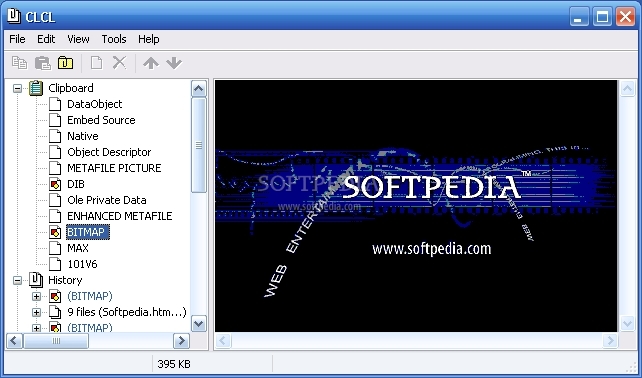

The system can convert data as indicated in the following table. The system implicitly converts data between certain clipboard formats: if a window requests data in a format that is not on the clipboard, the system converts an available format to the requested format. Otherwise, the text data is pasted into the document and the formatting information is lost. If the window recognizes RTF, the corresponding data is pasted into the document. When the content of the clipboard is pasted into another window, the window retrieves data in the most descriptive format it recognizes. Subsequently, the window would place data on the clipboard in a less descriptive format, such as text ( CF_TEXT). The window containing the document might first place data on the clipboard in a registered format, such as RTF. Because clipboard formats are enumerated in the order they are placed on the clipboard, the first recognized format is also the most descriptive.įor example, suppose a user copies styled text from a word-processing document. A window pasting information from the clipboard typically retrieves a clipboard object in the first format it recognizes. To find out how many formats are currently used on the clipboard, call the CountClipboardFormats function.Ĭlipboard formats that contain the most information should be placed on the clipboard first, followed by less descriptive formats. When placing information on the clipboard, the window should provide data in as many formats as possible.

Multiple Clipboard FormatsĪ window can place more than one clipboard object on the clipboard, each representing the same information in a different clipboard format. When the clipboard is emptied the system automatically deletes the object using the GlobalFree function.
#Iclip clopboard windows
When using values in this range, the data handle is not a handle to a Windows Graphics Device Interface (GDI) object, but is a handle allocated by the GlobalAlloc function with the GMEM_MOVEABLE flag.
#Iclip clopboard free
If your windows use private clipboard formats, you can use the WM_DESTROYCLIPBOARD message to free any related resources that are no longer needed.įor more information about the WM_DESTROYCLIPBOARD message, see Clipboard Ownership.Īn application can place data handles on the clipboard by defining a private format in the range CF_GDIOBJFIRST through CF_GDIOBJLAST. An application can use a private clipboard format for an application-defined data format that does not need to be registered with the system.ĭata handles associated with private clipboard formats are not automatically freed by the system. Private Clipboard FormatsĪn application can identify a private clipboard format by defining a value in the range CF_PRIVATEFIRST through CF_PRIVATELAST. In this way, two different applications can share data by using a registered clipboard format. Both calls to the RegisterClipboardFormat function return the same value. If more than one application registers a clipboard format with exactly the same name, the clipboard format is registered only once. To retrieve the name of the registered clipboard format, pass the unsigned integer value to the GetClipboardFormatName function. This function takes the name of the format and returns an unsigned integer value that represents the registered clipboard format. To register a new clipboard format, use the RegisterClipboardFormat function. The solution would be to register a new clipboard format, such as Rich Text Format (RTF). For example, if a word-processing application copied formatted text to the clipboard using a standard text format, the formatting information would be lost. A clipboard format that is defined by an application, is called a registered clipboard format. These applications can create their own clipboard formats. Many applications work with data that cannot be translated into a standard clipboard format without loss of information. These clipboard formats are described in Standard Clipboard Formats. The clipboard formats defined by the system are called standard clipboard formats.


 0 kommentar(er)
0 kommentar(er)
